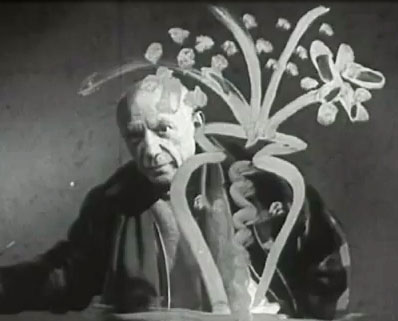Maria Popova in Brain Pickings:
In Stuff Matters: Exploring the Marvelous Materials that Shape Our Man-Made World(public library), British materials scientist, engineer and educator Mark Miodownik sets out to “decipher the material world we have constructed and find out where these materials came from, how they work, and what they say about us,” stripping them down to the elemental human desire that brought each of them into being and exploring how the material science that produced them affects the broader context of our lives. Miodownik paints the backdrop:
This stuff is important. Take away the concrete, the glass, the textiles, the metal, and the other materials from the scene, and I am left naked, shivering in midair. We may like to think of ourselves as civilized, but that civilization is in large part bestowed by material wealth… The material world is not just a display of our technology and culture, it is part of us. We invented it, we made it, and in turn it makes us who we are.
One of the most interesting, and unexpectedly so, materials he examines is glass — a substance so ubiquitous in modern life and yet, at its best, so invisible. Duality and paradox, in fact, seem to be baked into the very nature of glass — quite literally. Before he plunges into the meaty interestingness of this singular material and its cultural history, Miodownik explains the no less interesting basic science of how sand becomes glass — one of the most remarkable transmutations in the observable physical universe:
Sand is a mixture of tiny bits of stone that have fallen off larger bits of rock as a result of the wind and the waves and other wear and tear that stones have to put up with. If you take a close look at a handful of sand you will find that a lot of these bits of stone are made of quartz, a crystal form of silicon dioxide. There is a lot of quartz in the world because the two most abundant chemical elements in the Earth’s crust are oxygen and silicon, which react together to form silicon dioxide molecules (SiO2). A quartz crystal is just a regular arrangement of these SiO2 molecules, in the same way that an ice crystal is a regular arrangement of H2O molecules or iron is a regular arrangement of iron atoms. Heating up quartz gives the SiO2 molecules energy and they vibrate, but until they reach a certain temperature they won’t have enough energy to break the bonds that hold them to their neighbors. This is the essence of being a solid. If you keep heating them, though, their vibrations will eventually reach a critical value — their melting point — at which they have enough energy to break those bonds and jump around quite chaotically, becoming liquid SiO2. H2O molecules do the same thing when ice crystals are melted, becoming liquid water.
But here’s the rub — when you put that liquid water into the freezer, it has no trouble refreezing into ice crystals.
More here.

